Table of Contents
- Introduction to Aleppo Pepper and Its Place in Curry
- What Exactly Is Aleppo Pepper?
- Why You Should Be Using Aleppo Pepper in Curry
- Flavor Profile Breakdown: Heat vs. Fruity Depth
- How to Cook with Aleppo Pepper: Dos & Don'ts
- Top 5 Curries That Taste Better with Aleppo Pepper
- Buying Guide: Choosing the Best Aleppo Pepper for Your Kitchen
- Frequently Asked Questions About Aleppo Pepper in Curry
- Conclusion: Elevate Your Curry Game with This Mediterranean Gem
Introduction to Aleppo Pepper and Its Place in Curry
Aleppo pepper is a Middle Eastern chili pepper known for its moderate heat and complex flavor profile. It's an excellent addition to curry dishes, adding warmth without overwhelming other flavors. This guide covers everything you need to know about using Aleppo pepper in curry, including flavor profiles, cooking techniques, recipes, and buying tips.
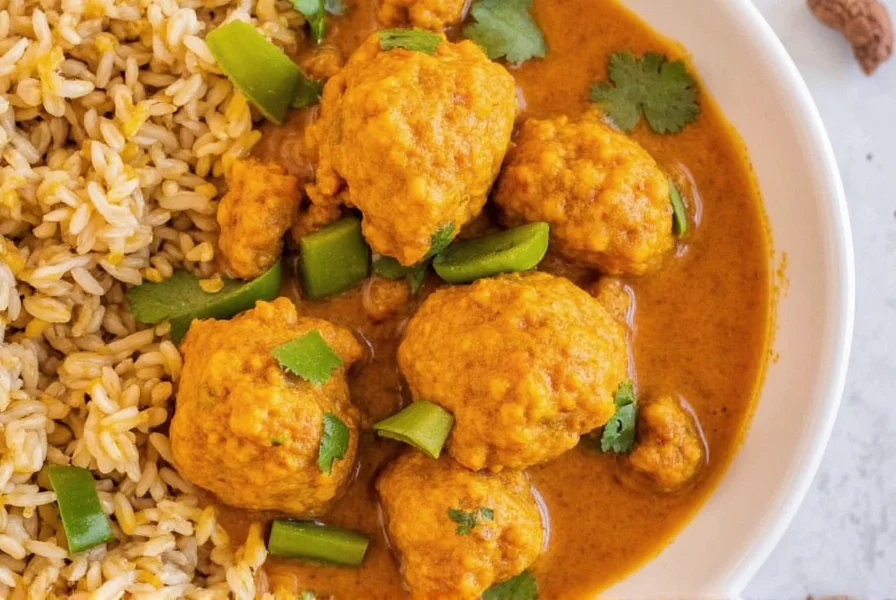
What Exactly Is Aleppo Pepper?
Aleppo pepper, also known as Halaby chili, comes from Syria and Turkey. It's made from sun-dried chilies that are typically ground into flakes or powder. Unlike cayenne or crushed red pepper flakes, Aleppo offers a unique combination of smoky earthiness, citrus-like brightness, and a gentle, building heat.
Its Scoville scale rating hovers around 10,000–15,000 units, placing it between mild paprika and spicier varieties like Thai bird's eye chili. What makes it special is not just the heat, but the nuanced flavor that enhances without overpowering.
Why You Should Be Using Aleppo Pepper in Curry
Curry is all about balance — layers of spice, sweetness, salt, and umami. Aleppo pepper fits perfectly into this framework because:
- It adds slow-building heat without overwhelming other flavors
- Its fruity undertones complement tomatoes, coconut milk, and lentils
- It pairs beautifully with warming spices like cinnamon, cumin, and coriander
- It enhances texture when used in dry rubs or tempering (tadka) techniques
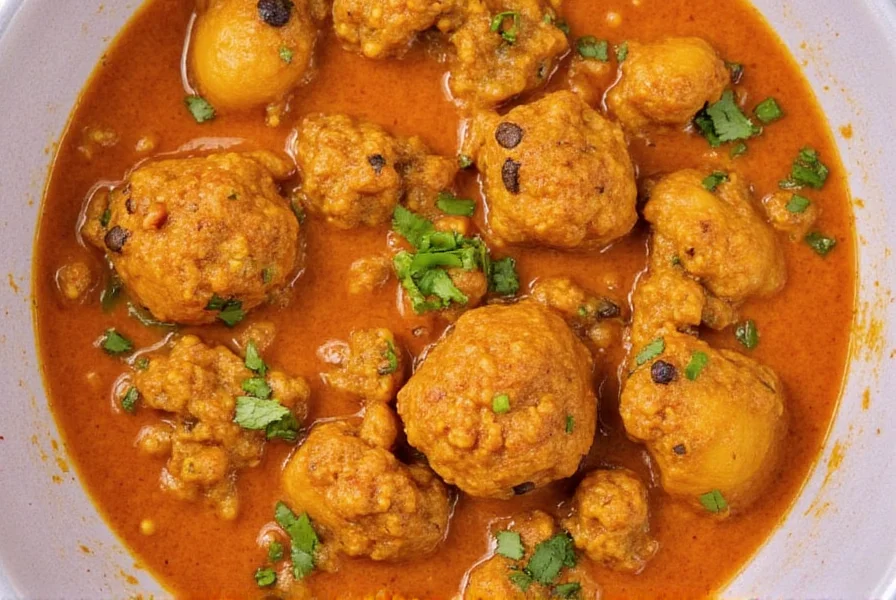
Flavor Profile Breakdown: Heat vs. Fruity Depth
| Taste Dimension | Description |
|---|---|
| Heat Level | Moderate (builds gradually) |
| Smokiness | Subtle |
| Fruitiness | Pronounced (like dried cherries or citrus peel) |
| Bitterness | Negligible |
| Earthy Notes | Mild to moderate |
This balanced profile makes it ideal for curries where you want to elevate complexity without turning the dish into a fiery inferno.
How to Cook with Aleppo Pepper: Dos & Don'ts
Dos
- Toast it lightly in oil or ghee before adding liquids — this unlocks more aroma.
- Blend it with coconut milk bases for creamy curries that still have a subtle kick.
- Sprinkle over finished dishes like biryani or dal for a pop of color and flavor.
- Pair with roasted vegetables like eggplant or squash in vegan curries.
Don'ts
- Don't expose it to high heat for too long — it can turn bitter.
- Don't substitute it 1:1 with hotter peppers unless you're ready for some serious spice!
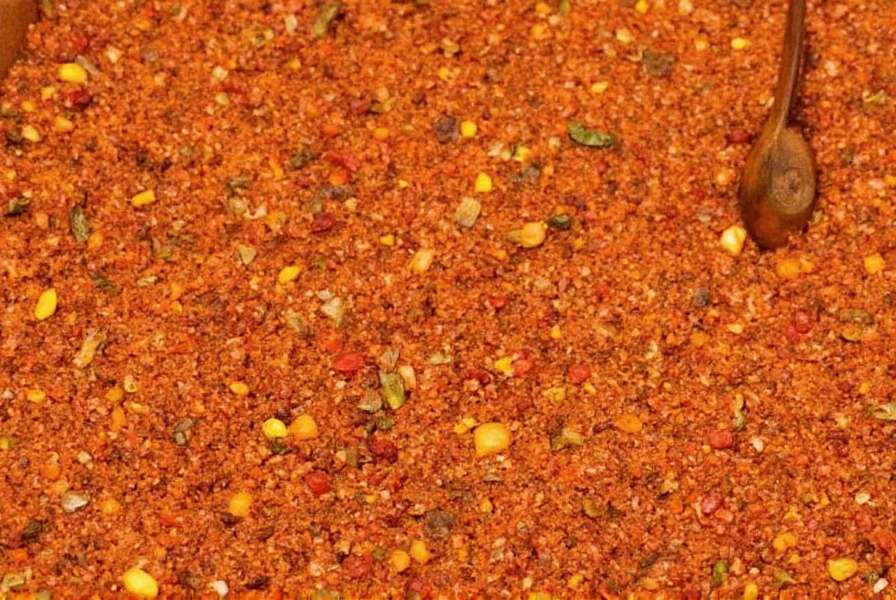
Top 5 Curries That Taste Better with Aleppo Pepper
- Eggplant and Chickpea Curry – The pepper highlights the earthiness of eggplant and balances the chickpeas' nuttiness.
- Coconut Chicken Curry – Adds warmth and a hint of citrus to contrast the richness of coconut milk.
- Lentil Dal Tadka – Use in the tempering stage for an aromatic base.
- Prawn Curry with Tomatoes – Brightens up seafood while providing a soft background fire.
- Vegan Jackfruit Curry – Makes jackfruit-based dishes feel richer and more substantial.
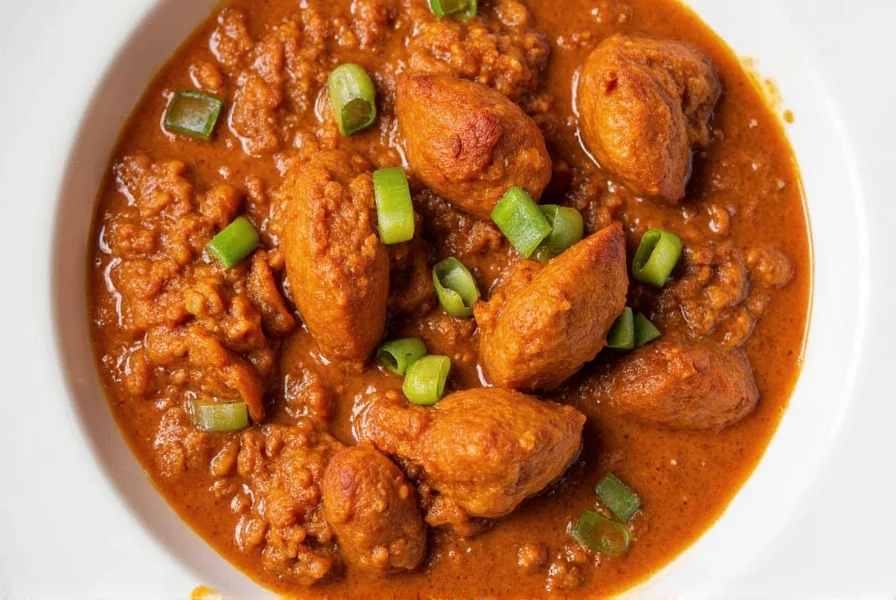
Buying Guide: Choosing the Best Aleppo Pepper for Your Kitchen
With so many options on the market, choosing quality Aleppo pepper can be tricky. Here's what to look for and a few recommended products:
| Product Name | Features | Best For | Price Range |
|---|---|---|---|
| Mahmoud's Aleppo Flakes | Imported from Aleppo, organic, non-GMO, no additives | Home cooks and food purists who value authenticity | $9–$12 / 2 oz |
| The Spice Garden Aleppo Powder | Smooth texture, mild aroma, budget-friendly | Everyday cooking and blending into pastes | $6–$8 / 4 oz |
| Zamouri Organics Smoked Aleppo | Lightly smoked version for deeper flavor | Grilling, roasting, and hearty meat curries | $10–$14 / 3 oz |
| Global Spices Aleppo Blend | Mixed with sea salt and garlic powder | Quick seasoning for soups, stews, and rice dishes | $7–$9 / 5 oz |
What to Look For:
- Packaging: Airtight containers preserve freshness longer.
- Ingredients: Check for pure Aleppo pepper — avoid unnecessary fillers or anti-caking agents.
- Color: Rich brick-red to maroon hue; dull colors indicate age.
- Texture: Either fine powder or coarse flakes depending on your intended use.
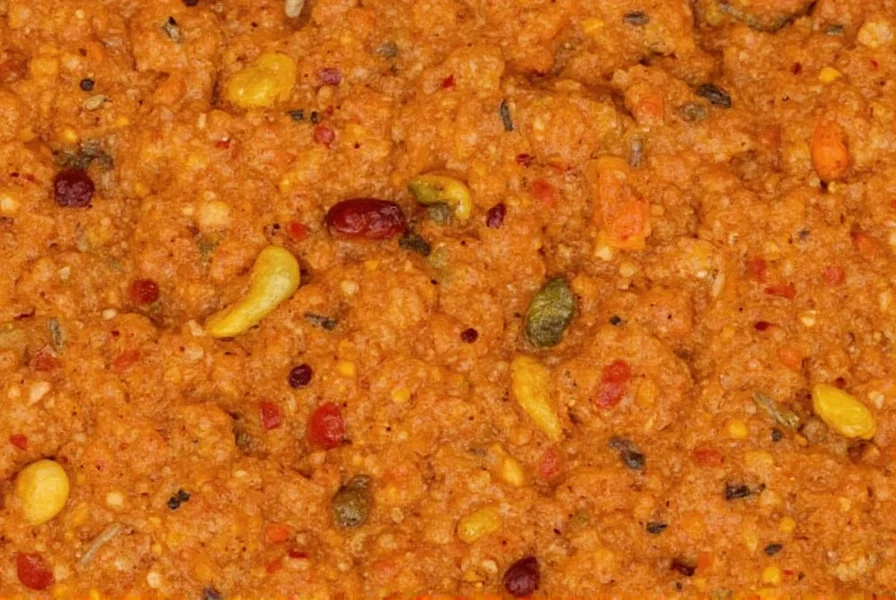
Frequently Asked Questions About Aleppo Pepper in Curry
What is Aleppo pepper and how is it different from regular chili powder?
Aleppo pepper is a sun-dried chili from Syria and Turkey with a moderate heat level (10,000-15,000 Scoville units). Unlike regular chili powder which can be one-dimensional and often very hot, Aleppo pepper offers a complex flavor profile with citrusy fruitiness, subtle smokiness, and earthy notes that enhance rather than overpower dishes. It's typically sold as flakes rather than a fine powder.
Can I substitute Aleppo pepper in traditional curry recipes?
Absolutely! Aleppo pepper works beautifully as a substitute for regular red pepper flakes or cayenne in most curry recipes. Start with half the amount of what the recipe calls for regular chili, then adjust to taste. Its unique flavor profile will add a new dimension to traditional recipes while maintaining the essential curry character.
How much Aleppo pepper should I use in curry?
For most curry recipes, start with ½ to 1 teaspoon of Aleppo pepper flakes. Remember that its heat builds gradually, so it's better to start conservatively and add more after cooking if needed. When using as a finishing spice, a light sprinkle (about ¼ teaspoon) over the finished dish is usually sufficient to add both flavor and visual appeal.
Does Aleppo pepper make curry too spicy?
No, Aleppo pepper is actually known for its moderate, building heat rather than immediate fiery punch. At 10,000-15,000 Scoville units, it's milder than many curry spices traditionally used. Its heat is balanced by pronounced fruitiness and subtle smokiness, making it ideal for adding warmth without overwhelming other flavors in your curry.
Where can I buy authentic Aleppo pepper?
Authentic Aleppo pepper can be found at specialty spice shops, Middle Eastern grocery stores, and increasingly in well-stocked supermarkets. For the best quality, look for brands that specify their origin (preferably from Syria or Turkey) and contain only pure chili flakes without additives. Online retailers also offer several reputable brands as highlighted in our buying guide section.
How should I store Aleppo pepper to maintain freshness?
Store Aleppo pepper in an airtight container away from direct sunlight and heat sources. A cool, dark pantry is ideal. Properly stored, it should maintain its vibrant color and flavor for 6-12 months. Avoid storing spices above the stove or in clear containers on open shelves, as heat and light will cause them to lose potency more quickly.
What curry dishes work best with Aleppo pepper?
Aleppo pepper shines in tomato-based curries, coconut milk curries, lentil dals, and vegetable curries featuring eggplant or squash. Its fruitiness complements the acidity of tomatoes while balancing the richness of coconut milk. It also works exceptionally well with seafood curries, where its gentle heat enhances without overpowering delicate flavors.
Is Aleppo pepper the same as Syrian pepper?
Yes, Aleppo pepper is often referred to as Syrian pepper since it originated in the Aleppo region of Syria. Despite regional conflicts affecting production, the name "Aleppo pepper" has remained the standard term in culinary circles. Authentic Aleppo pepper should come from this specific region, though similar peppers grown elsewhere might be marketed under the same name.
Conclusion: Elevate Your Curry Game with This Mediterranean Gem
Aleppo pepper isn't just another chili — it's a flavor enhancer that brings depth, warmth, and character to your curry creations. Whether you're simmering a weeknight stew or experimenting with global fusion curries, don't overlook this underrated spice.
So next time you reach for your spice rack, give Aleppo a spin. You might just find your new go-to secret ingredient — one that whispers heat and sings of sunshine and sun-dried earth.
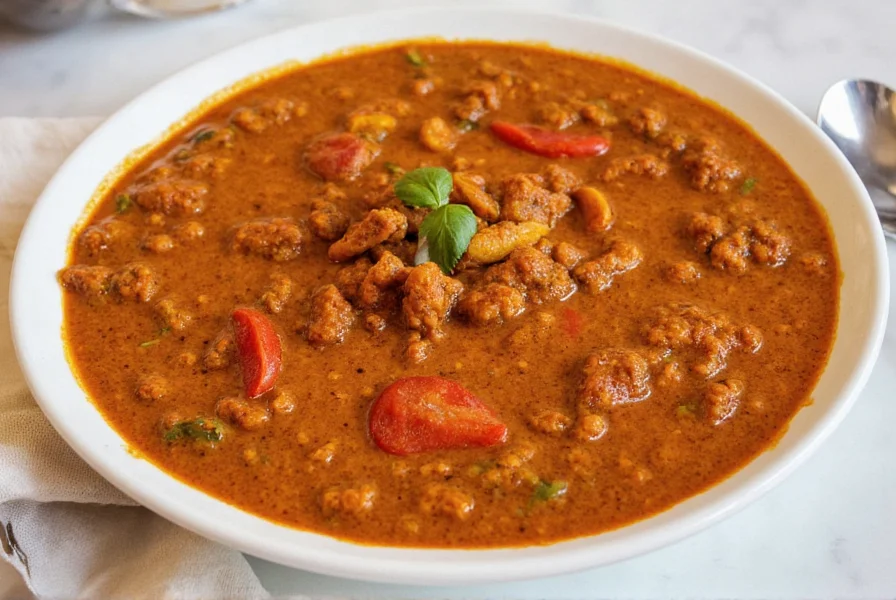

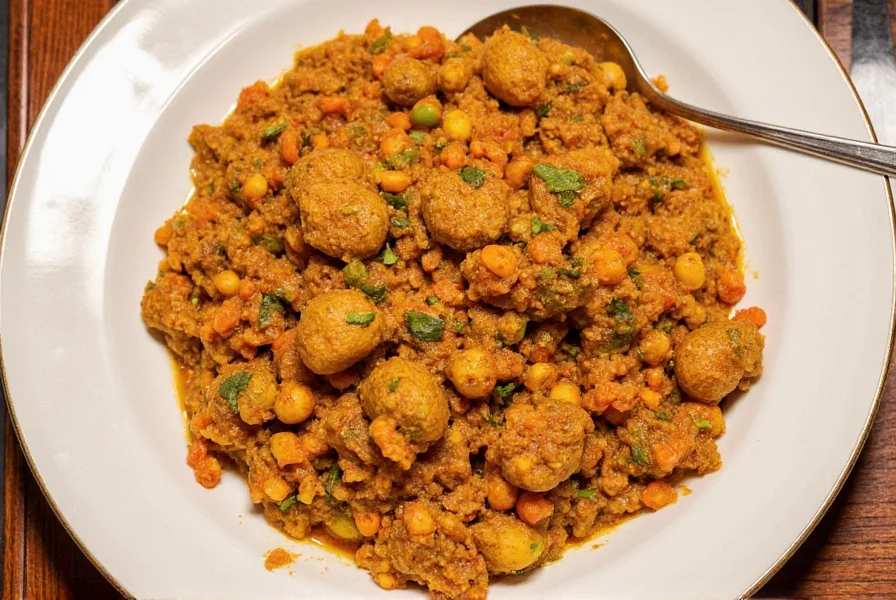









 浙公网安备
33010002000092号
浙公网安备
33010002000092号 浙B2-20120091-4
浙B2-20120091-4